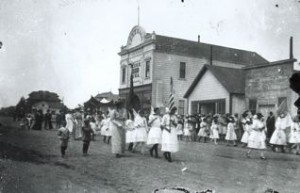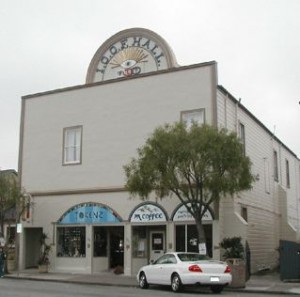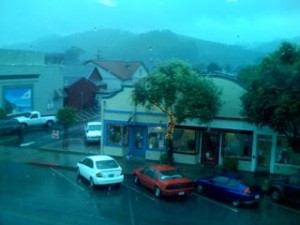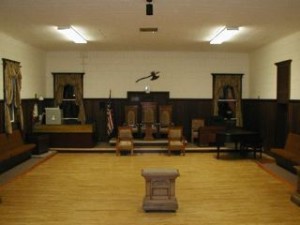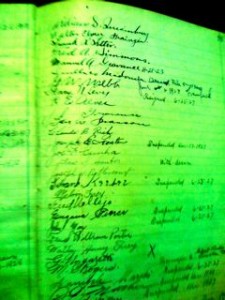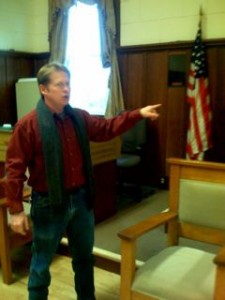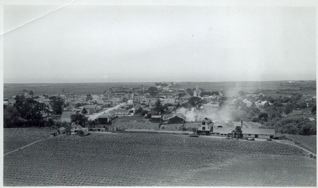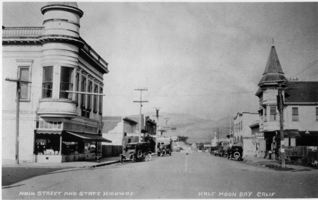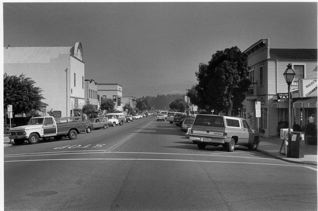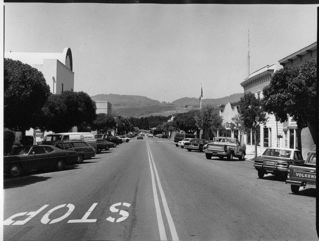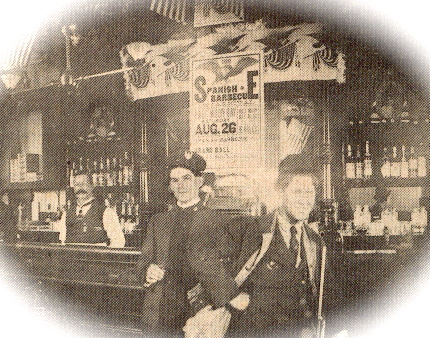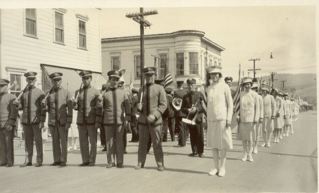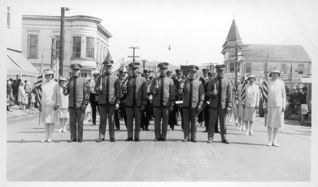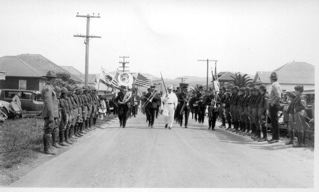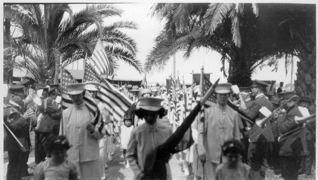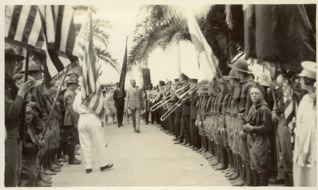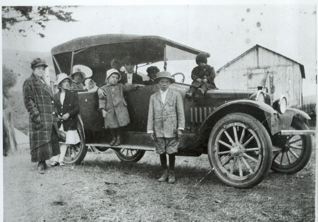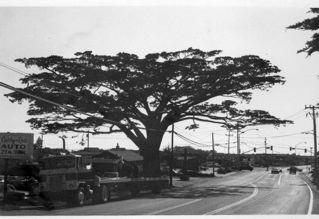From John Vonderlin
Email John ([email protected])
Hi June,
This is from the 1893 book, “A Memorial and Biographical History of the Central Coast Counties…” by Henry D. Barrows and Luther Ingersoll. It is available on Archive.org. The text contains errors because of the type recognition system.
HALFMOON BAY.
Of all the towns in San Mateo this most
wears the air of the pre-American regime.
It is a quaint, rambling place with as much
variety in its architecture as there is in the
patois of its people. Situated in the beauti-
ful and fertile Pilarcitos valley, on the border
of that serai-luna of water, from which it
takes its name, it is one of Nature’s chosen
spots, but unfortunate in its isolation. The
valley spreads out into thousands of acres,
through which the Pilarcitos creek makes its
way to the sea. The climate is not excelled
in its loveliness by any on the ocean side, not
excepting the much vaunted Santa Barbara
channel. From the town there stretches
away to the north for miles a clean gradually
shoaling beach, the finest without exception
in California. From Pilar point, the north-
ern headland, a reef of rocks. Just discernible
at low water by the break of the waves, ex-
tends southward for two miles, forming a
natural breakwater and rendering the beach
absolutely free from undertow, high rollers
and every possible danger. Here is the
grandest bathing place in the world, prepared
and protected by Nature. The building of the
coast railroad will deflect the great army of
people who annually flock to Monterey and
places farther south. Half moon Bay will
be rediscovered and the borders of the cres-
cent be ornamented with summer hotels and
villa residences. There is room for all in the
spacious waters of the bay and the most ele-
gant sites for hotels or summer homes to be
found anywhere on tlie coast.
This valley was the seat of the Miramontez
and Vasquez families long before the appear-
ance of the American settler, and by all old
residents the town is still called Spanishtown.
The old adobe homestead is still here, but
before many years will have yielded to the
assaults of time and become an unnoticed
tumulus. There is something in the atmos-
phere of Spanishtown that breeds a spirit of
independence. The people believe in them-
selves. Not that they consider that they are
the salt of the earth entirely, but they love
the valley where they have made their homes
and cling to it as to a family tie which they
are loth to sunder. The business of the
place is drawn mainly from dairymen and
farmers. At Amesport, a short distance
north of town, there is a wharf and warehouse
where coasting vessels call and take away the
butter, cheese and beans.
In the romantic canon of the San Greg-
orio, where giant redwoods cast their elon-
gated shadows and the murmuring waters of
the stream sing a ceaseless lullaby, Mr. John
H. Sears, one of the pioneers of San Mateo,
is passing the afternoon of his life. Here
he has built a hotel and store and does not
lack for company. During the summer sea-
son the woods ring with the merry voices of
campers and the hotel and cottages are
crowded to repletion. No more charming
place can be found anywhere in the State.
It is reached by stage from Redwood City
over a fine road, but so strong is the impres-
sion of a primeval wilderness when once in
the heart of the forest that even the rattle of
the daily coach and the receipt of diurnal
messages from home does not suffice to break
it. White tents peep through the bushes at
every turn, but that serves to highten the
illusion. You are out of the world when
you know you are in it. The days are spent
in eager angling after the elusive trout with
which the stream abounds. In the evening
there are concerts in the camps; bear stories
to be swapped with the landlord; compara-
tive fish yarns by young men, who could’nt
catch three trout in a week, but who love to
talk about it; a championship game at crib-
bage with the drummer, who knows it all
and then to be abed for seven hours in
deepest oblivion. It is a joyful place, un-
conventional, unaffected, but unexceptionable
in the. personnel of its patrons. A writer in
one of the many visits to this favorite spot
was introduced to a camp, where the party
was almost entirely composed of ladies.
“When out of hearing of the camp he asked
the lady who acted as chaperon of the party
how they managed to enjoy themselves with-
out the aid of the sterner sex. ” Enjoy
themselves?” said she in a burst of enthus-
iasm, ” oh, yes; they do! We have plenty of
horses, wear divided skirts, ride astride like
men and have such lots of fun.” Of course
they did. It was harmless, healthful fun,
and they were free to throw their souls into
it. It was an active exercise of body and
mind in a pure air, and with such surround-
ings as induced joyful hearts, consuming ap-
petites and refreshing sleep. Every day so
spent added a year to their lives. It is not
strange that when the sun dips to the south
they look forward with eager anticipation to
the June days when they shall again set up
their tents at La Honda.

